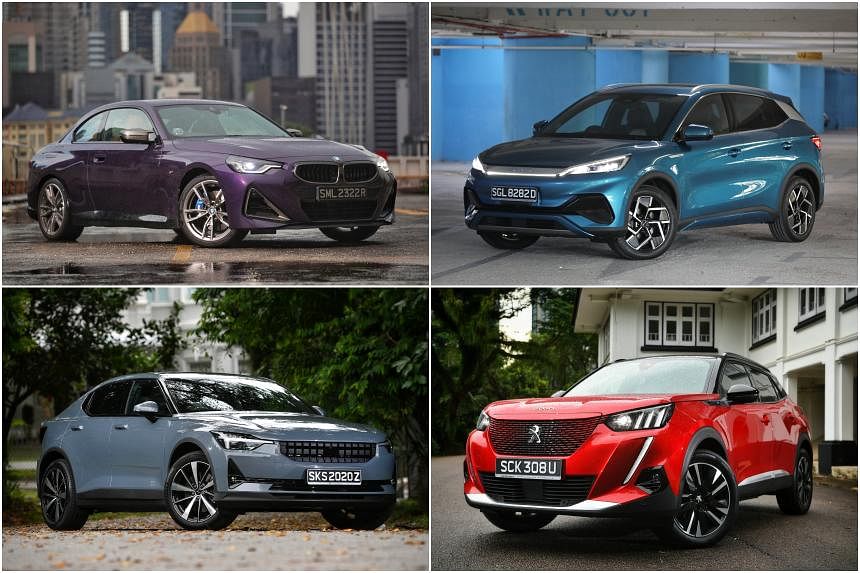SINGAPORE – This year’s edition of The Straits Times Car of the Year is of particular significance because Singapore’s only independent annual car awards is turning 20.
The contenders are shortlisted from all the new models launched by authorised agents between mid-November 2021 and mid-November 2022. Cars above $750,000 are excluded.
A panel of 10 judges with combined road-testing experience of more than 200 years sieved through some 30 models to arrive at the shortlist. The number of car launches this year is down from the usual 40 to 50, largely because of the global supply chain crisis made worse by the Russia-Ukraine war.
Even with fewer launches, the judges managed to pick 10 worthy contenders.
As the awards is in its 20th year, the judges felt it was time to review the scoring matrix to remain relevant. Up to 2021, there were nine evaluation criteria: Performance, Handling, Ride Quality, Build Quality, Ergonomics, Efficiency, Styling, Value for Money and X-Factor.

From this year, Practicality will replace Ergonomics, since most cars today have sound ergonomics (or at least the better cars which make it to the shortlist do). Practicality reflects a chief consideration among car buyers, covering things such as how easily a car takes to refuel (or recharge), how accessible its cargo area is, how much space rear occupants have and how effortless it is to fold down or move seats when needed.
Together with Value for Money, Practicality will be assigned a maximum of 10 points, while the maximum score for all the other criteria remain at five. This is to balance the driver-centric nature of the other components.
Which ride will be the ST Car of the Year 2022? Tune in for the reveal on Dec 23.
BMW 218i Active Tourer

This compact five-seater has shed its utilitarian design for a sportier silhouette and is also better equipped than its predecessor. To boot, it is now a more coherent car at the wheel, thanks largely to a free-revving 1.5-litre engine paired with a seven-speed dual-clutch gearbox.
BMW M240i Coupe
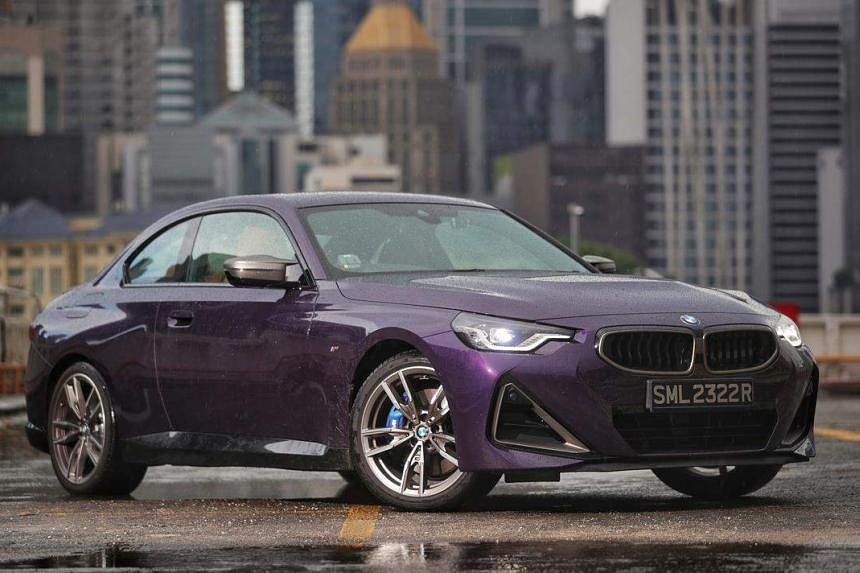
With 374hp from its creamy inline-six engine going to four wheels, the M240i has enough oomph to satisfy the power-hungry. Its sharp and intuitive handling ensures the output is put to good use. Although larger than its predecessor all round, the new car sits 28mm lower and boasts higher rigidity. A rousing exhaust is cherry on the cake.
BMW i4

The i4 is proof that BMW can make electric cars which appeal to driving enthusiasts. Blessed with a sturdy chassis and low centre of gravity accorded by its floor-mounted battery, the i4 handles road contours with precision and flair.
A synthesised drivetrain soundtrack composed by film score wizard Hans Zimmer completes the sensory experience. You can choose between a rear-wheel-drive i4 eDrive40 or a sizzling all-wheel-drive i4 M50. The car has great build quality, too.
BYD Atto 3

Folks who feel that cars are getting too homogeneous will welcome the BYD Atto 3, a compact electric crossover which is refreshingly different. The stylish vehicle is 4,455mm long, 1,875mm wide and 1,615mm tall, with a wheelbase of 2,720mm and a 440-litre boot.
Its front-mounted motor packs 150kW and 310Nm to send the car to 100kmh in 7.3 seconds. It offers a slew of unique features, none of which contribute to the car’s drivability, but all of which will bring a smile to your face.
Kia Niro Hybrid

The previous Kia Niro Hybrid was already an exceptionally well-equipped car. The new one keeps it up, with a couple of additional features thrown in for good measure.
The only downside to the previous car was its rather cramped rear quarters. The latest car is bigger, so that niggle has been resolved. And it is also noticeably more stylish, which does not hurt in such a competitive market.
Mercedes-Benz EQS450+
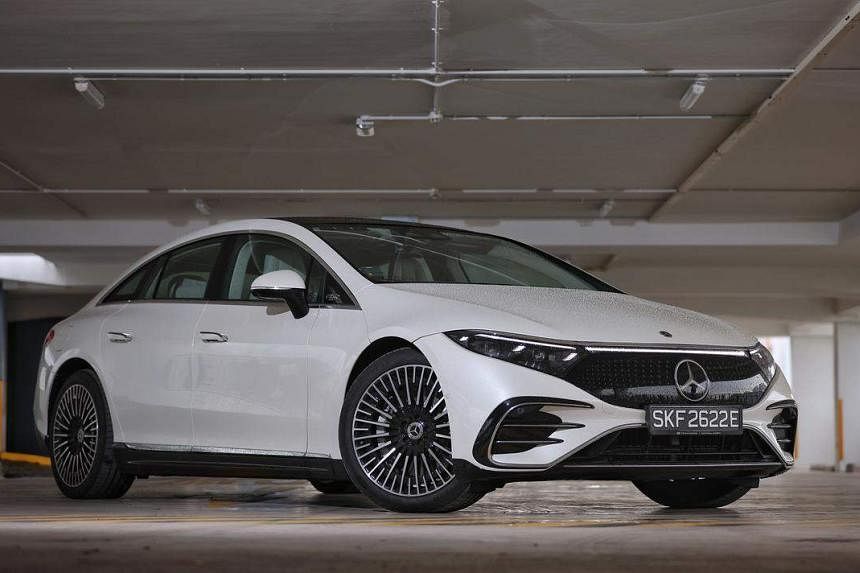
The EQS electric limousine comes very close to living up to the lofty standards set by the Mercedes-Benz S-class. One of the things people love about the S-class is its ability as a long-haul cruiser.
The EQS, with an industry-leading drag coefficient of 0.2 in certain trim, promises a range of more than 700km on one charge. In Sport mode, its adaptive air suspension system mimics the flying carpet ride of the S-class.
Peugeot e-2008 GT
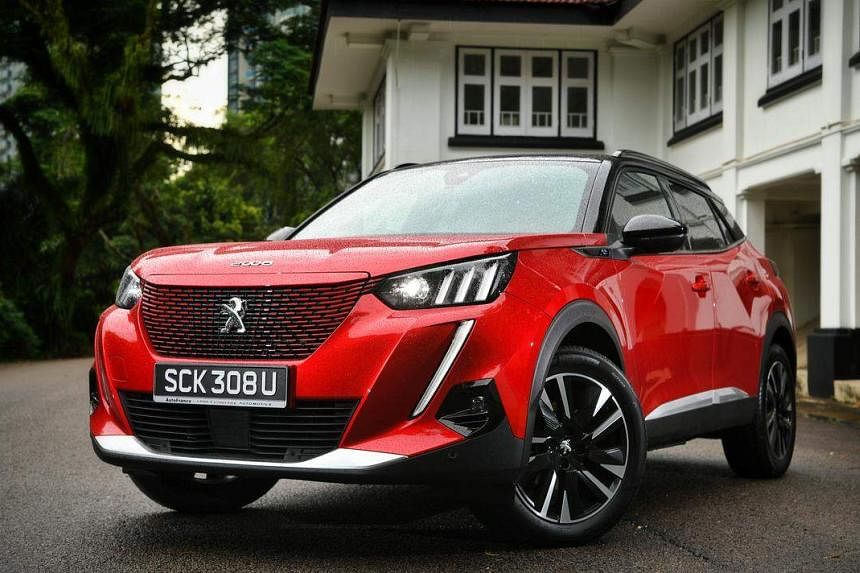
This mass-market electric crossover offers the biggest bang for the buck. At below $170,000, it jostles with a handful of Category A electric models. But it actually offers the refinement, equipment level and drivability of a Category B car.
This is essentially the best electric car you can buy for below $200,000, even if it is not the roomiest choice in town. Being a subcompact, it is ideal for young families, singles or empty nesters.
Polestar 2

The Polestar 2 exudes Scandinavian minimalism, from its efficient styling lines to its cabin architecture.
The Standard Range Single Motor variant emerges as the sweeter ride. It has a smaller battery and one fewer motor than the Polestar 2 Long Range Dual Motor, but it is more appealing overall than the Long Range Dual Motor.
While far less powerful, it makes up for it by being more efficient. So in real life, its range is similar to its costlier sibling’s. It also has a slightly better ride quality.
Toyota bZ4X
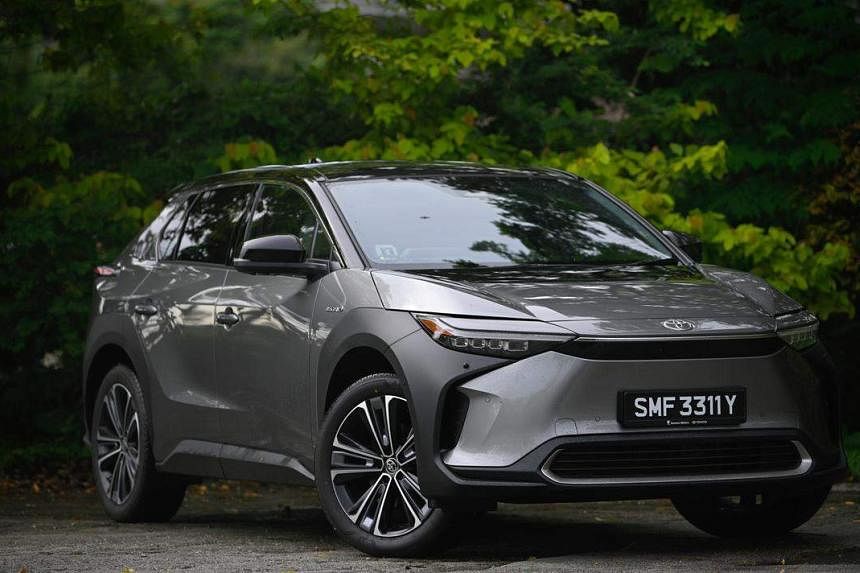
While the Peugeot e-2008 GT rules the sub-$200,000 segment, the Toyota bZ4X is the best electric car in the $200,000 to $250,000 range. It averages 17.1kWh/100km, which gives it a real-world range of close to 420km despite a relatively small battery.
The Toyota Harrier-size bZ4X, expected to be $50,000 less costly than the similarly sized BMW iX3, matches the Beemer’s fit and finish. And it is the only electric vehicle here with a solar roof, which gives it up to 1,650km of free range a year.
Most impressively, its battery comes with a guarantee that the cells will retain at least 90 per cent of charge after 10 years or 240,000km of use, versus 70 per cent and eight years for most rivals.
Although the bZ4X has been launched officially for a car-sharing scheme in Tengah new town, it is not yet available in the showroom, but it could be from as early as next year.
Toyota Sienta Hybrid

This subcompact hybrid seven-seater offers more headroom, refinement and features than its predecessor.
More importantly, it is eminently more drivable. With a 1.5-litre inline-3 engine assisted by an electric motor making 114hp and 141Nm, the car hits 100kmh in 12.5 seconds, but feels breezier. It averages 4.2 litres/100km in real life, which is close to Toyota’s declared 4 litres/100km.
• Follow Christopher Tan on Instagram @chris.motoring
Readers’ poll
Do you have a preference for the shortlisted cars above? If so, why not vote which car you think should be crowned ST Car of the Year 2022? Your votes, however, will not influence the judges’ decision. Rather, the readers’ poll is a way for ST Motoring to engage with readers and industry players. Voting ends at noon on Dec 17.
